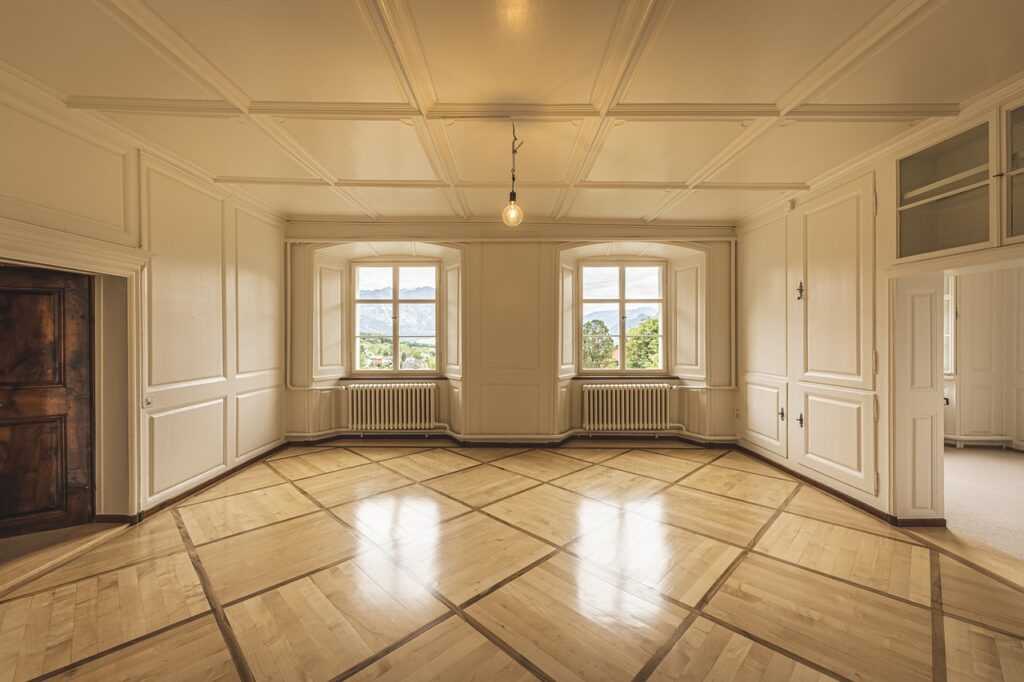Smart Investments Are Getting Smarter
You can feel it in every corner of the market: instinct alone doesn’t cut it anymore. Real estate is going full data mode, shifting from gut decisions to predictive intelligence. Investors are pouring over analytics dashboards before they ever tour a property. They’re not just asking, “Is this a good neighborhood?” They’re asking, “What’s the projected yield based on five year migration and employment trends?”
AI is making this even faster. Deal flows that used to take weeks are now happening in days. Many buyers are using algorithms to shortlist properties, estimate ROI, and flag potential red flags all before their first walkthrough. The best part? These tools don’t replace human insight; they sharpen it. Smarter decisions, tighter risk management, and way less guesswork.
If you’re still relying on old school methods, you’re already behind. The market’s evolving, and the people using data to drive decisions are moving quicker and more confidently than ever.
Urban Exodus 2.0
The shift away from major metros isn’t a blip it’s becoming the new normal. Secondary cities are pulling in the spotlight thanks to more affordable housing, lower living costs, and lifestyle perks that big city dwellers are starting to prioritize: space, safety, and slower streets. What used to be flyover towns are now hotspots for first time buyers, remote professionals, and small scale developers.
Hybrid work plays a major role here. People no longer need a city office to justify a city mortgage. As long as there’s reliable internet and decent coffee, home can be anywhere. In response, developers are building with this crowd in mind think fiber first infrastructure, co working lounges as neighborhood anchors, and walkable communities tailored to the remote life.
This wasn’t overnight, though. The groundwork began years back, and recent shifts in the real estate industry show how the momentum built. For context, take a look at industry shifts this month to trace how this trend became one of 2026’s biggest real estate stories.
Green Living, Real Value
Sustainable real estate is no longer a niche it’s front and center. Buildings with low energy systems, solar panels, and eco conscious materials are commanding higher resale prices. Buyers know what they’re looking for, and in 2026, a high energy rating matters more than granite countertops or extra square feet.
Developers are responding. ESG (Environmental, Social, Governance) policies aren’t a box to check they’re shaping how properties are designed, built, and sold. It’s not just about being green, it’s about showing long term value to both investors and residents.
Even casual homebuyers are walking into showings asking about insulation, air quality systems, and carbon footprints before they ask about walk in pantries. If your property scores low on efficiency, expect questions you’re not ready for and a tougher time closing the deal.
Fractional Ownership Scales Up

Real estate is no longer just a game for big players with deep pockets. In 2026, co investment and tokenization are pushing the doors wide open. Platforms now let users buy fractional shares of properties sometimes for less than the cost of a smartphone. Whether it’s a condo in Austin or a warehouse in Warsaw, you can now own a piece, not just dream about it.
This shift doesn’t just lower the investment threshold it changes the rules. People who’ve never bought real estate before, from first time millennials to international investors, can finally get in the mix. And they don’t need to manage the property or even be in the same country. Tokenized ownership, powered by blockchain, makes the process transparent and tradable.
It’s not hype; it’s a structural change. Real estate is becoming more liquid, more accessible, and more global. The platforms doing this aren’t flashy they’re efficient, built for scale, and backed by serious capital. For anyone looking to diversify their portfolio or test the property market without jumping all the way in, the door is open. Walk through it.
Reinvented Commercial Spaces
The commercial real estate landscape isn’t dying it’s adapting. Fast. Malls that once buzzed with foot traffic are pivoting into fulfillment centers, with empty storefronts giving way to last mile logistics hubs. It’s not glamorous, but it’s efficient and tenants like that. Retail square footage is now more about storage and shipping than browsing and buying.
Meanwhile, offices are shedding their fluorescent cubicle farm identity. Developers are leaning into hybrid work culture, designing multipurpose spaces that support heads down focus, casual brainstorming, and even fitness or wellness breaks. Think fewer desks, more modular layouts, natural light, and shared lounges.
That shift requires serious collaboration. Designers and landlords are working hand in hand to rethink everything from air flow to zoning. Adaptive reuse is becoming the norm. It’s not just about offering a space anymore it’s about creating an experience that fits how we actually live and work now.
Renters Are Gaining Power
The traditional rental model is undergoing a quiet but powerful shift. Build to rent developments are moving fast, especially in suburban hotspots and up and coming metros. These aren’t just apartments they’re professionally managed neighborhoods designed for long term renters who want the feel of ownership without the mortgage.
Smart amenities are front and center. Today’s renters expect fast internet, secure access, smart thermostats, and app connected everything. But beyond convenience, personalization is becoming a selling point think adjustable lighting setups, flexible layouts, and even on demand services baked into lease packages.
And here’s the kicker: renters are influencing how units are designed from the ground up. Developers are starting to prioritize storage friendly floorplans, pet ready features, and coworking nooks instead of outdated clubhouses. These renter first strategies aren’t just a nice to have they’re part of an industry wide response to consumer demand you can track in this month’s real estate shifts.
For investors and developers paying attention, there’s serious long term value here. Ignore renters at your own risk.
Stay Ahead or Get Left Behind
The real estate market in 2026 belongs to the ones who move fast and think sharp. There are signals everywhere data, buyer behavior, city ordinances that point to where the smart money is going. What separates the players from the bystanders is staying dialed in and acting before trends go mainstream.
The catch? You don’t need to predict the future you just need to be quicker than the crowd. Whether you’re scouting properties, launching developments, or advising clients, being early means you’re in position to capture more value and face less competition. The confident bets of tomorrow are being made today, quietly, by those who know how to read the room.
Stay curious. Keep your strategy nimble. Lock in on what’s changing and don’t wait to react. Opportunity favors the present, not the perfect.




